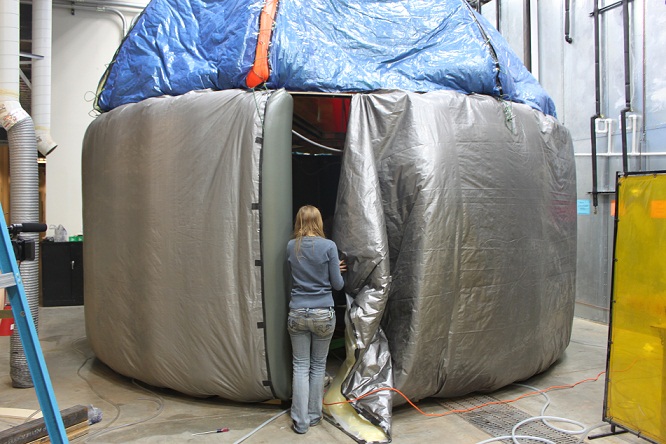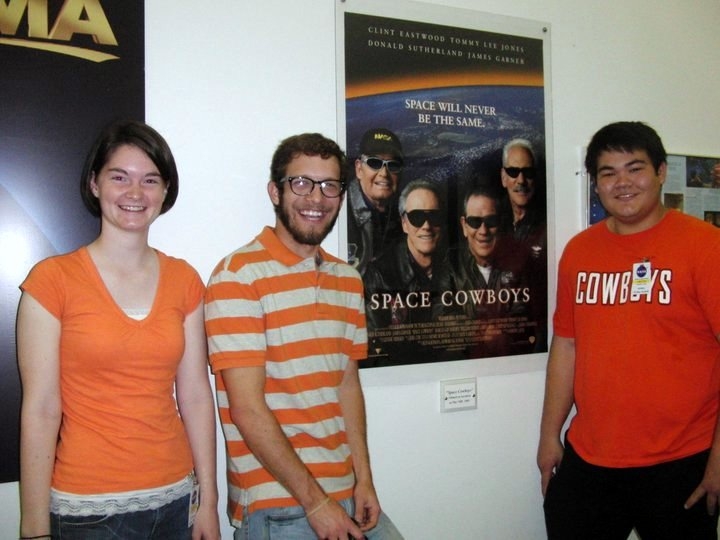Space Cowboys busy at NASA
Tuesday, May 31, 2011
Space Cowboys busy at NASA
The Oklahoma State University “Space Cowboys” team will be at NASA’s Johnson Space center through June 11 to compete against two other teams in presenting their life-size model of an inflatable habitat for astronauts. While the working model is analyzed by a panel of NASA judges, the six students will get to test a smaller scale model of the habitat on zero-gravity flights.
“We’ll be going through a series of safety briefings, which will include sessions inside an altitude chamber to prepare for the zero-gravity flights,” said Kristin Nevels, team leader for the Space Cowboys from OSU.
“I am very excited to be on the flight crew for our team, which includes five crew members and one alternate, added Nevels, a senior from Claremore. “We’re scheduled for two flight days. Three team members will fly the first day and run our experiment in the aircraft, and two team members will do the same thing on the next day.”
The aircraft flies a series of maneuvers in a parabolic pattern that provides several 25 second periods of microgravity (0G), according to the NASA website.
The students will go head-to-head with teams from Wisconsin and Maryland to demonstrate their design for the attachable inflatable habitat “loft” that must meet a list of design requirements from NASA. The competition will determine the winning team, which will be awarded additional funds to integrate its design with an existing lab for astronauts.
The lab and loft are part of a Habitat Demonstration Unit at NASA that will allow astronauts to work either on a planetary surface or deep space for an extended amount of time without experiencing all the side-effects of weightlessness.
“The idea is to use a rotating inflatable system to generate artificial gravity for the astronauts so they won’t experience as much bone and muscle loss as they would if they were floating in the weightlessness of the space station,” said Nevels. “Our team will be testing the inflation dynamics of the system and experiment with different rotation speeds to determine the best speed for the desired level of artificial gravity.”


